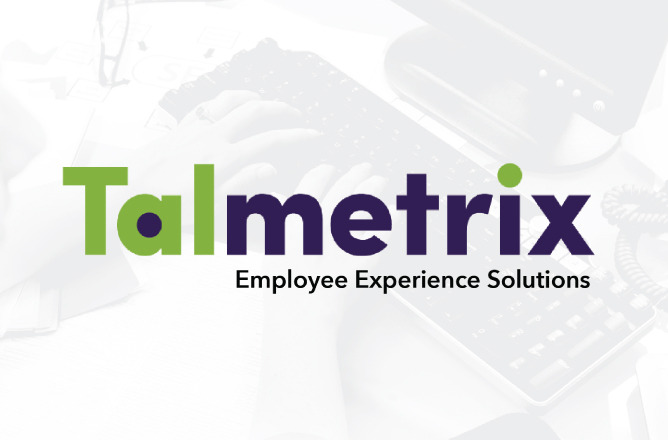Put The Service Back In SaaS

As developers increasingly turn toward offering Software-as-a-Service, Talmetrix continues to deliver service with its software.
Chris Powell’s professional existence is fraught with inherent friction. The career HR executive-turned-talent management software company CEO faces a daily struggle to codify the employee engagement, talent analysis, and retention nuance that’s so deeply entrenched in his brain. Jason Ruebel, chief strategy officer at Powell’s talent analytics firm Talmetrix, says the company struggles mightily to “productize” Chris.
Talmetrix develops and sells a survey platform designed to capture feedback from its clients’ employees (feelings), then combine that feedback with employee talent and organizational data (facts) drawn from multiple sources, resulting in a comprehensive talent insights database engineered to guide HR decision making. On the back end, Talmetrix’ reporting helps its clients identify employment- related business trends, understand correlations, and predict retention, employee engagement, and customer satisfaction.
Because it’s predicated on the marriage of feelings and facts, talent management — and more broadly, HR management — isn’t a binary science. That’s reflected in the current state of the HR software market, which MarketsandMarkets projects will hit $9.9 billion by 2022 on CAGR of 8.8 percent. Back in the spring of 2017, software engineer and blogger Will Saborio mapped no fewer than 200 software companies in HR, a list that didn’t even include the many dozens of workforce management and timekeeping software apps on the periphery of the market. The multifaceted state of the HR software landscape is a reflection of the difficulty in coding a universal talent management solution.
Powell, who spent his career as an HR practitioner before endeavoring to reinvent Talmetrix, admits he entered the software space wearing rose-colored glasses. “When I came on board in 2014, I didn’t know what I didn’t know about software,” says Powell. “I naively believed that we could do anything we wanted to do with it.” He quickly learned that his 20 years of HR experience could not be codified and delivered as a service. That realization has fueled Powell’s drive to balance his software company on a tightrope, poised on one side by the efficiencies of SaaS automation and on the other by an analytics-intensive services business that’s driving close to 20 percent of the company’s annual revenue.
To the greater SaaS community, the services side of the business presents incredible risk. To the outsider looking in, the consequences of losing balance when services revenues creep north of 10 percent are dire. To the Talmetrix C-suite, however, those concerns are, for the most part, unfounded.
Read the full story at Software Executive Magazine.